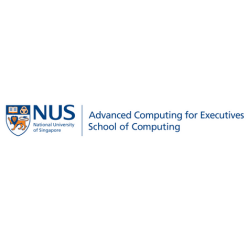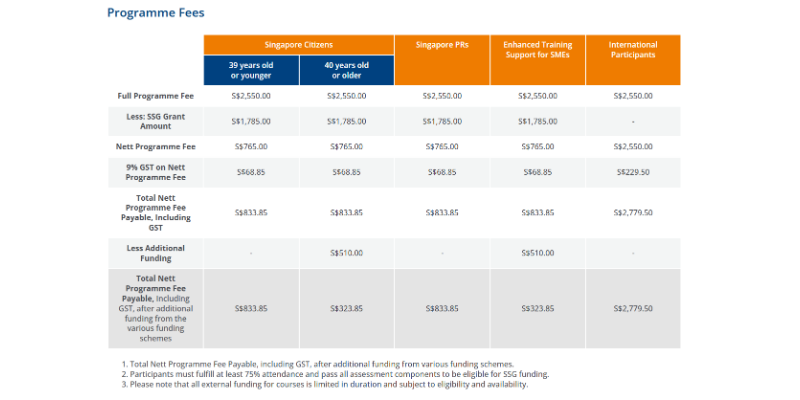Overview
Modern predictive analytics uses data to model a specific domain, isolate key factors and use the models or algorithms built using this process to predict likely future outcomes from new data. Predictive analytics is not a new concept and businesses have been using decision trees and regression to help correlate and classify their data and make predictions.
Mathematical modeling tools are applied to data in order to generate predictions about an unknown fact, characteristic, or even event not yet available in the dataset. To put it simply, we use statistical techniques to derive sophisticated predictive models and algorithms from large data sets without requiring explicit programming.
This course covers the life cycle of the data mining project and the key concepts of various predictive analytics techniques. It focuses on performing predictive analytics using supervised and unsupervised machine learning models on an open-source programming platform and how to communicate the results to audiences.
Course Description & Learning Outcomes
Course will enable participants to:
Understand how to embark on a data mining project
Understand the fundamental key concepts of various predictive analytics techniques
Acquire basic proficiency on popular data analytics tools such as R
Understand how to prepare data for doing various predictive analytics techniques
Apply predictive analytics using popular tools
Identify which predictive analytics approaches to use for different situations

Schedule
End Date: 13 Feb 2025, Thursday
Location: 11 Research Link, COM 3, 119391
Pricing

Skills Covered
PROFICIENCY LEVEL GUIDE
Beginner: Introduce the subject matter without the need to have any prerequisites.
Proficient: Requires learners to have prior knowledge of the subject.
Expert: Involves advanced and more complex understanding of the subject.
- Business Analytics (Proficiency level: Beginner)






